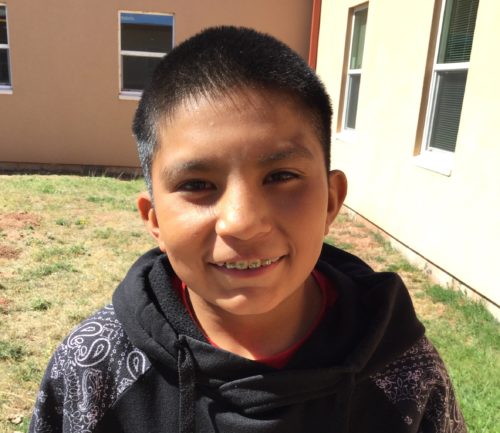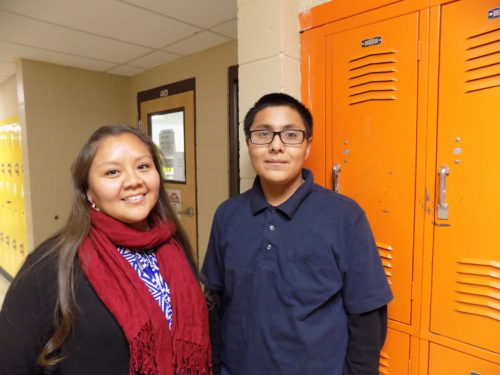The purpose of our Higher Education Fund is to assist young people enrolled in our sponsorship program with financial support so that they can attend college, university, or certification courses once they graduate from high school. The assistance they receive is one of the best ways to help break the cycle of poverty because higher education gives them the skills and training they need to make a living wage or better when they enter into the competitive workforce.
How the program works
Children Incorporated has helped sponsored children to obtain a higher education since our very beginning – but only in a small way until 2011, when we expanded the program. Volunteer coordinators in both our U.S. and International Divisions may nominate young people in their last year of secondary education. These students are considered high achievers who the coordinators believe to have the capacity and desire for higher education, and the drive to complete the certificate or degree that they aspire to obtain.

Our Higher Education Fund helps former sponsored children achieve their dreams beyond high school.
Once accepted into our Higher Education Program, these young people may pursue any course of study at an accredited institution. Their support may be renewed each term, provided they present official documentation of passing grades and continued enrollment. Today, past beneficiaries of our Higher Education Fund work in a variety of capacities – from state troopers to hairstylists, to teachers, to speech pathologists.
Funds provided by Children Incorporated, thanks to our sponsors and donors, are critically important for these young adults to be able to enter into and remain in college or university until they achieve their respective certificates or degrees. For these special Higher Education Fund recipients, the results include more favorable opportunities for them to find jobs in their communities.
Two special university students
Funds provided by Children Incorporated, thanks to our sponsors and donors, are critically important for these young adults to be able to enter into and remain in college or university until they achieve their respective certificates or degrees.
Two very special former sponsored children are currently recipients of assistance through our Higher Education Fund. Natalie* from North Carolina was nominated by her former volunteer coordinator at the high school that she attended as an “excellent, calm, and conscientious” twelfth-grader who was active in the Future Business Leaders of America (FBLA). Her parents, who struggled financially to raise three children, are now bringing up a grandchild. The father does odd jobs, and the mother is a home health aide; so the support that Natalie receives from Children Incorporated is essential in her pursuit of higher education. Natalie now attends Gardner-Webb University in North Carolina. She is working on a degree in business administration, and has an A/B average.
Kathryn* from Kentucky was nominated by our volunteer coordinator at her high school because she was “a very bright girl who gets along well with her peers, and is active in band; choir; the Junior Homemakers; and the Family, Career and Community Leaders of America (FCCLA).” Kathryn currently attends Eastern Kentucky University, and she is working on dual degrees in English with a concentration in creative writing, and broadcasting with a concentration in film. She maintains an A/B average as well.
We are so proud of all of our Higher Education Fund recipients, and we look forward to supporting more young adults in the future in achieving their dreams!
*Names changed for individuals’ protection.
***
How do I donate to the Higher Education Fund?
You can contribute to our Higher Education Fund in one of three ways: call our office at 1-800-538-5381 and speak with one of our staff members; email us at sponsorship@children-inc.org; or go online to our donation portal, create an account, and donate to our Higher Education Fund.





 Shepard Fairey donates and calls attention to various nonprofits through the OBEY Awareness Project. The project, operated by
Shepard Fairey donates and calls attention to various nonprofits through the OBEY Awareness Project. The project, operated by